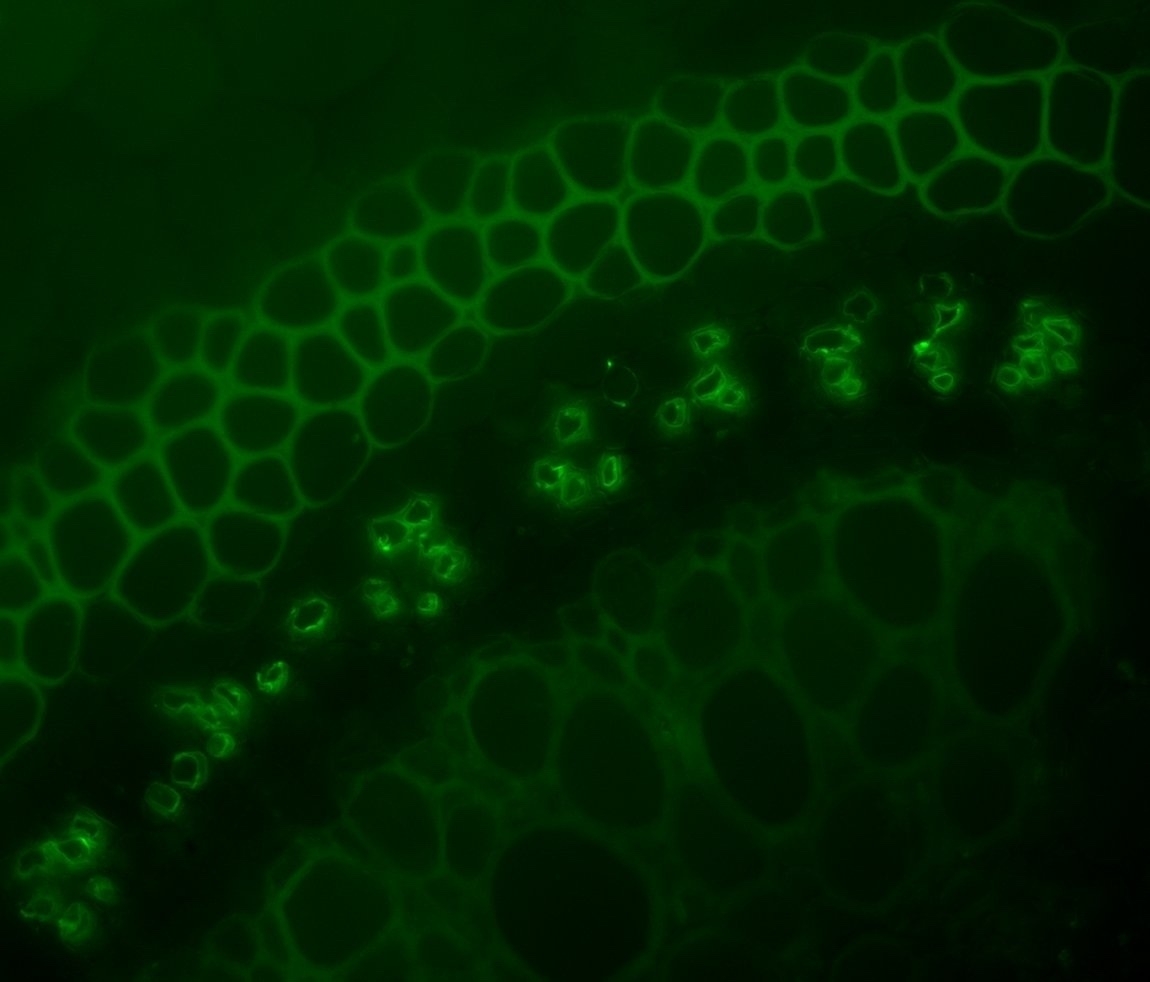The Intersection of Form and Function

I am a plant anatomist and physiologist interested in integrating classical anatomical techniques with current state of the art physiological techniques to address questions that arise at the intersection of form and function. My research program is multidisciplinary, incorporating field research, engineering, and physical approaches in addition to classical plant anatomy and physiology.
Current Projects
How does carbon transport change seasonally and are there physical constraints to carbon transport during the year?
Carbon is transported in the sieve elements within the phloem tissue from areas of high concentration (often leaves) to those of low concentration. In temperate trees this transport has been assumed to be seasonal, but the large majority of evidence for this assumption has been classical anatomy and some classical preservation techniques introduced artifacts that may have resulted in incorrect assumptions about the ability of carbon to move within the sieve elements. I am currently investigating this as part of my postdoctoral work at the University of Minnnesota Duluth in the lab of Jessica Savage.
Relevant Publications: Ray, D.M. and J.A. Savage 2021. Seasonal changes in temperate woody plant phloem anatomy and physiology: Implications for long-distance transport. AOB Plants
Ray, D.M. and J.A. Savage. 2020. Immunodetection of cell wall pectin galactan opens up new avenues for phloem research. Plant Physiology. doi: https://doi.org/10.1104/pp.20.00283.
How do petioles limit or enhance the ability of leaves to move water and sugar?
Petioles perform two vital services to the plant. First, the petiole extends the leaf blade out from the stem and supports it at an angle that optimizes light interception. Second, the petiole connects the leaf blade to the stem, allowing bidirectional transport of carbon (from leaf blade to stem) and water (from roots to leaf blade). These two services are not necessarily complimentary. The need to accomodate the leaf mechanically, may limit space within the petiole cross section resulting in limits to the flux of carbon and water through the petiole. Further, the path through the petiole is not linear, consisting of many anastamoses as evidenced by both serial sections and microCT. This question was central to my dissertation research and I have continued to investigate petioles in my postdoctoral work.
Update Spring 2022 I’ve recieved a Sinnott Award from the Arnold Arboretum at Harvard University funding a study of petiole vascular arrangements and their impact on leaf physiology!
Relevant Publications: Ray, D.M. and C.S. Jones. 2018. Scaling relationships and vessel packing in petioles. American Journal of Botany 105:1-10. doi: 10.1002/ajb2.1054.